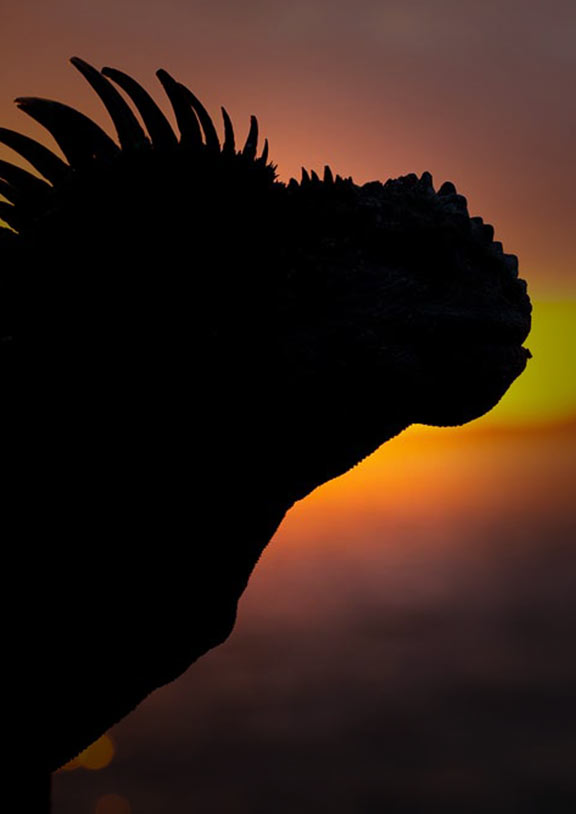Also known as the Athens of Ecuador, Cuenca is famed for the majestic architecture of its many churches, cathedrals, cloisters, and colonial houses, as well as for the numerous artists, novelists, poets, and other lettered persons that the city has produced. The emphasis on culture and art is definitely among the reasons visitors travel to Cuenca during their Ecuador travel. In this, the third largest city of Ecuador (population 400,000), travelers will find a small metropolis that manages to balance modernizing influences with a deep respect for cultural traditions and its historical past.

Modern Internet cafes and traditional artisan workshops co-exist side-by-side on the cobblestoned streets of Cuenca.
Among South American cities, Cuenca has the distinction of being one of the first to be established by Spanish settlers in 1537. Prior to this, the region was also the center of the Cañari civilization, which was later incorporated into the Inca Empire around 1470 under the name of Tomebamba. Under the reign of Huayna Capac, Tomebamba was the second seat of the empire. According to chronicles recorded after the Spanish Conquest, the city was filled with glorious palaces and temples built to house priests and nobility. When Spanish conquistadors arrived in 1533, Tomebamba had been abandoned and they found no remnants of the gold, silver, and other precious metals that were said to fill the holy places.
Present-day Cuenca is bisected by the Rio Tomebamba. While the southern section has modern and recent constructions, the northern section houses the historic center. Declared a UNESCO World Heritage Site in 1999, this area is characterized by cobblestone streets and red-tiled roofs, as well as the parks, squares, and churches built by Spanish settlers in the years following the conquest. Cuenca tours take travelers to the most important of these historical sites, including La Catedral, one of the most monumental of cathedrals in all Latin America, which when completed, was big enough to house all 10,000 of Cuenca’s residents.

The pink façade and blue domes of the new Cuenca cathedral, known as La Catedral, is one of the iconic sites of Cuenca travel. The cathedral is located on Parque Calderon, the social and historical heart of the city.
Cuenca is also the center of artisan culture in Ecuador, where travelers can find leather goods, ceramics, gold jewelry, and perhaps surprisingly for some, Panama hats. Locally known as the sombrero de paja toquilla, this straw hat has its origins in Ecuador, but acquired its name from its most common point of sale at the port in Panama. The hat gained further popularity when U.S. President Theodore Roosevelt visited the Panama Canal and was photographed wearing one of these “Panama hats.”
A final highlight of an Ecuador tour to Cuenca is the opportunity to visit El Cajas National Park, located 18 miles (30 km) west from the city. Situated at 10,170-14,600 feet (3,100-4,450 meters) above sea level, this reserve has over 200 beautiful lagoons, lakes, and rivers of glacial origin as well as pre-Inca and Inca ruins. Among the unique flora and fauna in the park are the quinua (paper tree) forests, the South American Condor, the Giant Hummingbird, and the Curiquinga, a large raptor.

Beautiful glacier-carved lagoons dot the cloud forest and paramo highlands of this national park near Cuenca.
Located south of Quito and east of Guayaquil, Cuenca is an easy addition to any Ecuador travel package.
Anabel has been exploring the length and width of South America since 2010. Ditching preconceptions, settling into the local pace, and embracing the unexpected are the tenets of her philosophy of travel – and life.






